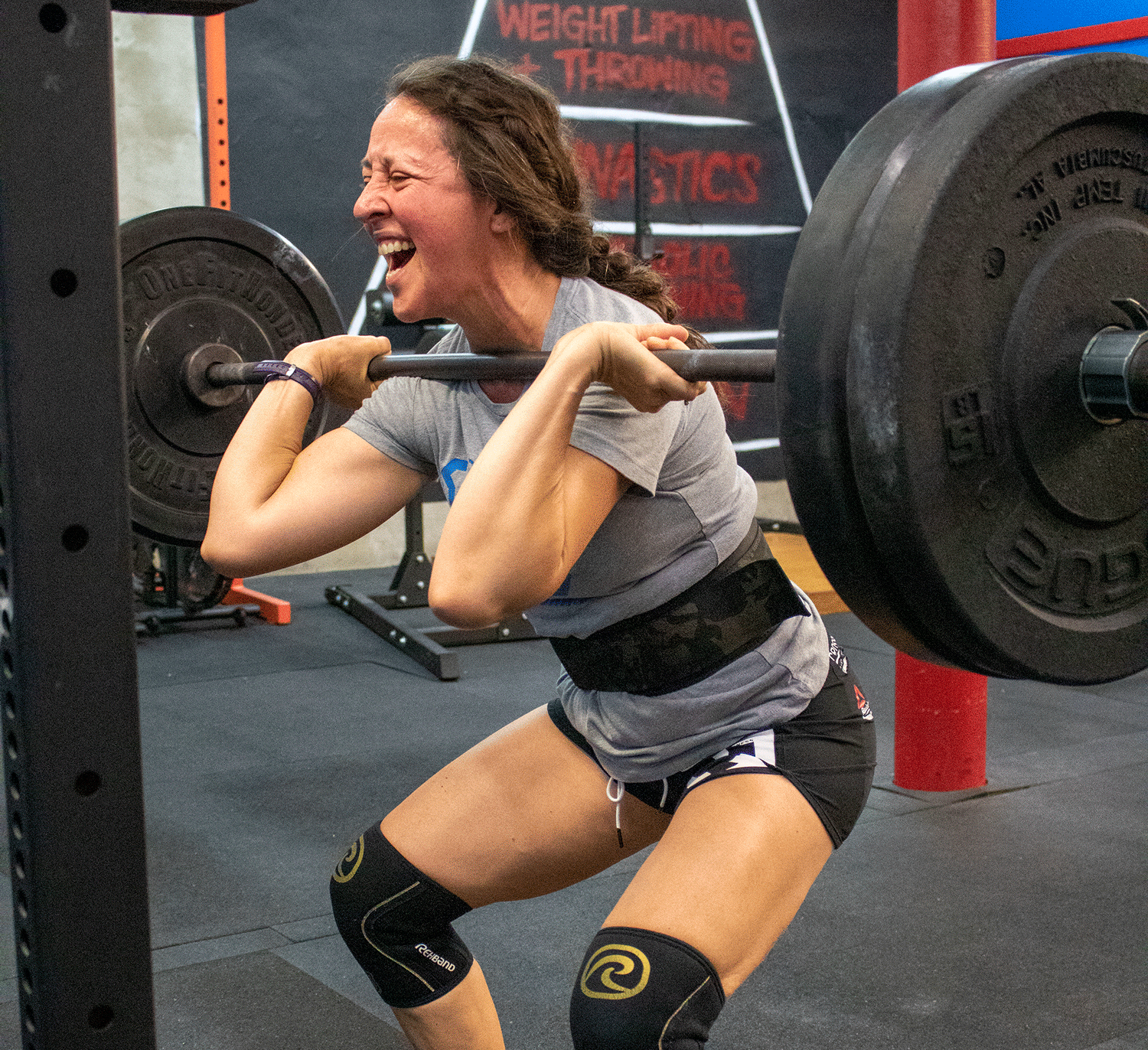I’m Coach Anjo! As a 50 year old woman with experience in focused training to be a competitive Masters CrossFit athlete, I was intentional with my workouts, nutrition, and recovery. I was always of the mindset that if you were eating healthy you can get everything you need from your food, so taking recovery protein was new to me. One day after a particularly long and grueling workout someone offered me a protein recovery shake. I declined saying that I did not believe in post-WOD protein shakes but the person insisted that it would help. I was a bit reluctant but took it. My reaction- OMG!
The Taste Test
First of all, it tasted really good. It was light, refreshing, and slightly sweet (it will forever be my all-time favorite, Tropical Vanilla). I heard that it could be chalky and clumpy but that was not true. After taking it, I did not feel any different or notice any groundbreaking results UNTIL I woke up the next day, there was a definite difference. I felt as if I had not worked out the previous day and I was able to go right back into my next workout with minimal fatigue and soreness. What was this magic mixture?
I was intrigued and started doing some research for my own knowledge but even more then what I read, was learning first hand how I felt and how others felt after using protein shakes. As an older athlete I know I can use the edge to help speed up my body’s ability to recover. The post-workout powder has protein that is partially broken down into smaller protein pieces (amino acids). These amino acids are readily available for repairing muscle breakdown from a challenging workout and increases your ability to attack the next workout. As a CrossFit coach I get the unique perspective of watching and interacting with athletes of all ages. For older athletes, getting the most out of each workout and being able to continue the day was where the protein recovery boost makes a big difference.
Here are the 3 tips to finding a protein recovery drink to fit you:
1. Experiment to find what and when works best.
- What worked best for me was drinking my recovery shake right after the workout, within 30 minutes after the WOD. Specifically, I liked to do protein after a workout with a heavy barbell or a workout that is longer than 20 minutes
- What worked for others was also right after the workout to help get the lethargic feeling out and to get reenergized. Some took it at night time for extra protein recovery while sleeping.
2. Know what’s in the recovery protein.
- Whatever you choose, make sure to choose protein that does not have lots of extra sugar and additives.
- Protein comes in different configurations, flavors, and sweeteners. There are also plant based choices and whey based choices.
- Try single serve options so you do not invest too much and find you do not like the flavor or it does not settle well in your tummy.
3. Ask others about what they use for recovery.
- There is not one cookie cutter answer (you have heard me say that line before)!
- As an older athlete your everyday food is as important as regularly scheduled workouts. Use protein as an ADDITION to food, not a replacement!
Ultimately you have to go with what works for you. For me, I optimize recovery from a particularly difficult workout with a protein shake within 30 minutes of my workout. If my workout is not too intense or heavy I make sure to eat extra protein with my meals and get to bed a bit early (very hard to do!). Be your own experimental test subject and find out if post workout protein helps you get back to your next WOD feeling recovered, stronger, and ready to go!
These are a couple of great resources if you want more info about protein supplements:
https://breakingmuscle.com/fitness/everything-you-should-know-about-protein-supplements
https://www.health.harvard.edu/staying-healthy/the-hidden-dangers-of-protein-powders
https://breakingmuscle.com/healthy-eating/got-bloating-move-beyond-whey-protein
-Coach Anjo
